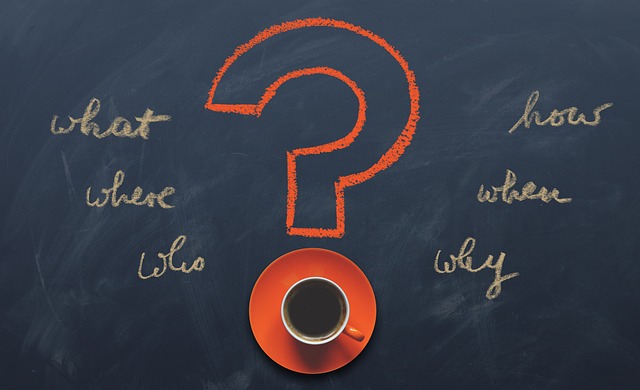
Overview of the Chapter
This chapter introduces students to the fundamental concepts of history, focusing on how historians study the past, the importance of dates, and the ways in which historical events are recorded and interpreted.
Key Concepts
- Understanding how history is constructed through sources.
- The significance of dates in historical studies.
- Different perspectives in interpreting historical events.
How Do We Know About the Past?
Historians rely on various sources to reconstruct the past. These sources can be broadly classified into two categories:
- Primary Sources: Original documents, artifacts, or records created during the time under study (e.g., letters, diaries, official records).
- Secondary Sources: Interpretations or analyses of primary sources created later (e.g., textbooks, articles).
The Importance of Dates
Dates help historians chronologically organize events and understand the sequence of historical developments. However, not all events are tied to specific dates, and some periods are studied thematically rather than chronologically.
Where Did History Happen?
Historical events are often linked to specific geographical locations. Maps and spatial analysis help historians understand the context and impact of events.
Different Perspectives in History
History can be interpreted differently based on the perspectives of those recording it. For example, colonial histories often differ from indigenous accounts of the same events.
Summary
This chapter emphasizes that history is not just about memorizing dates but understanding how the past is studied, interpreted, and represented through various sources and perspectives.
